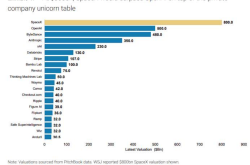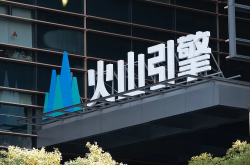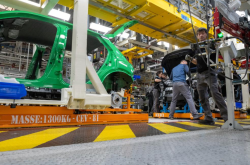Unraveling the Mystery Behind the Three-Tier Pricing Strategy of the Apple iPhone 16 Pro
![]() 06/02 2025
06/02 2025
![]() 811
811
Recently, numerous media outlets have reported that the Apple iPhone 16 Pro has experienced a remarkable price drop, even qualifying for national subsidies. As a result, the lowest price after combining various discounts stands at merely 5499 yuan, sparking explosive sales for Apple.
According to media data, within a span of just two weeks, Apple sold over 1.5 million iPhone 16 Pros, marking a staggering 150% increase in sales. The demand has led to sell-outs in many locations, and Apple's market share has surged to approximately 25%, positioning it as the leading brand in China, surpassing both Apple and Huawei.

Despite the intense competition on e-commerce platforms, where the 128GB iPhone 16 Pro is priced at 5499 yuan and even lower in some instances, the phone's pricing landscape reveals an intriguing coexistence of three distinct price points.
Firstly, there's the official price. Both the official App Store and offline self-operated stores steadfastly maintain the original price of 7999 yuan, offering no discounts whatsoever.
Secondly, offline authorized stores offer the phone at 6499 yuan, a reduction of 1500 yuan from the original price, with no additional discounts. Customers are encouraged to inquire directly.
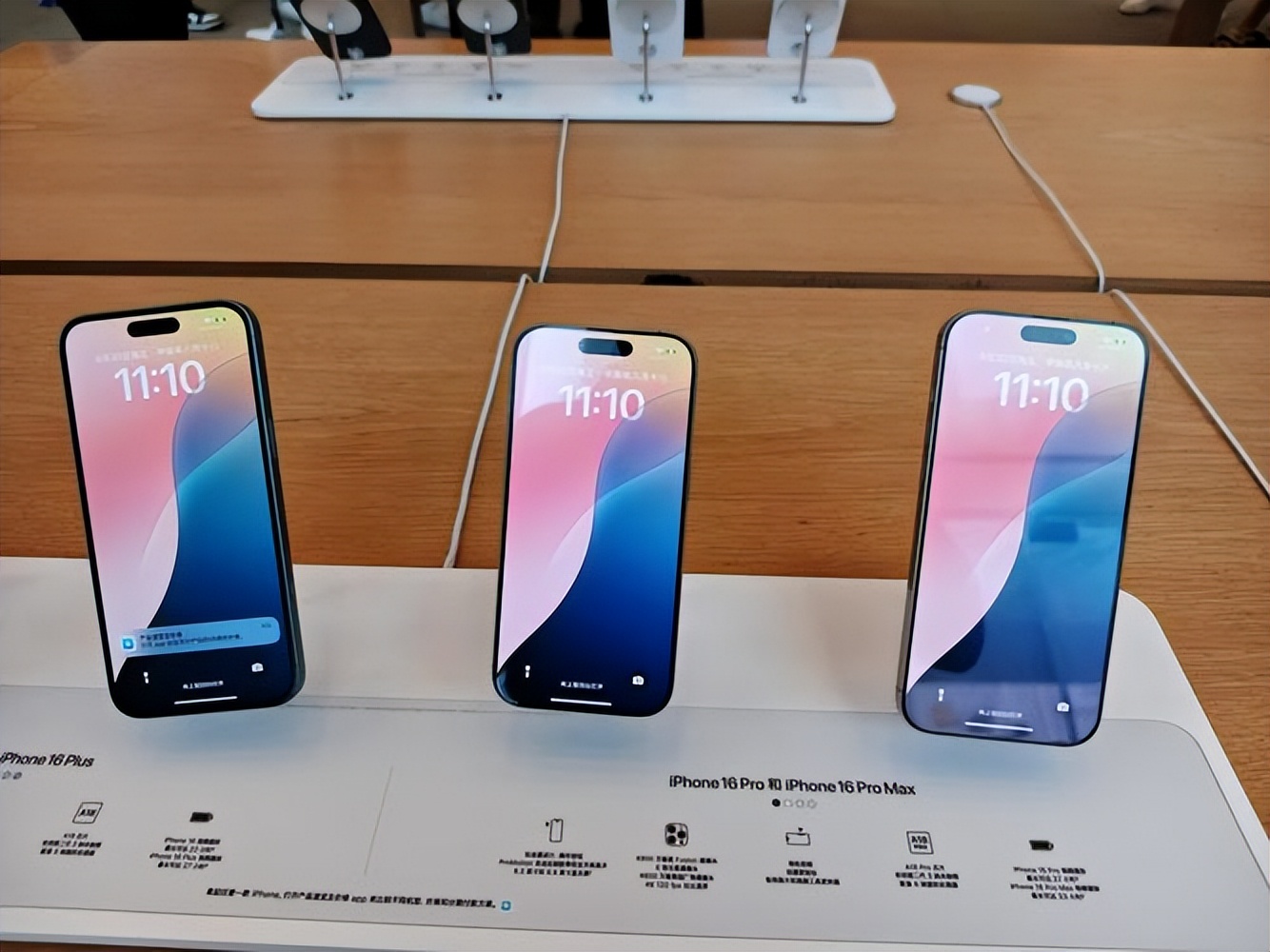
Thirdly, on online e-commerce platforms such as JD, PDD, TB, and even Meituan Flash Buy, the phone is priced at 5499 yuan after accounting for national subsidies, representing the genuine lowest price available.
An intriguing observation is that even if you find the flash sale price of 5499 yuan on an e-commerce platform and identify the supplying store, when you visit that store in person, the price reverts to 6499 yuan, without any discount.
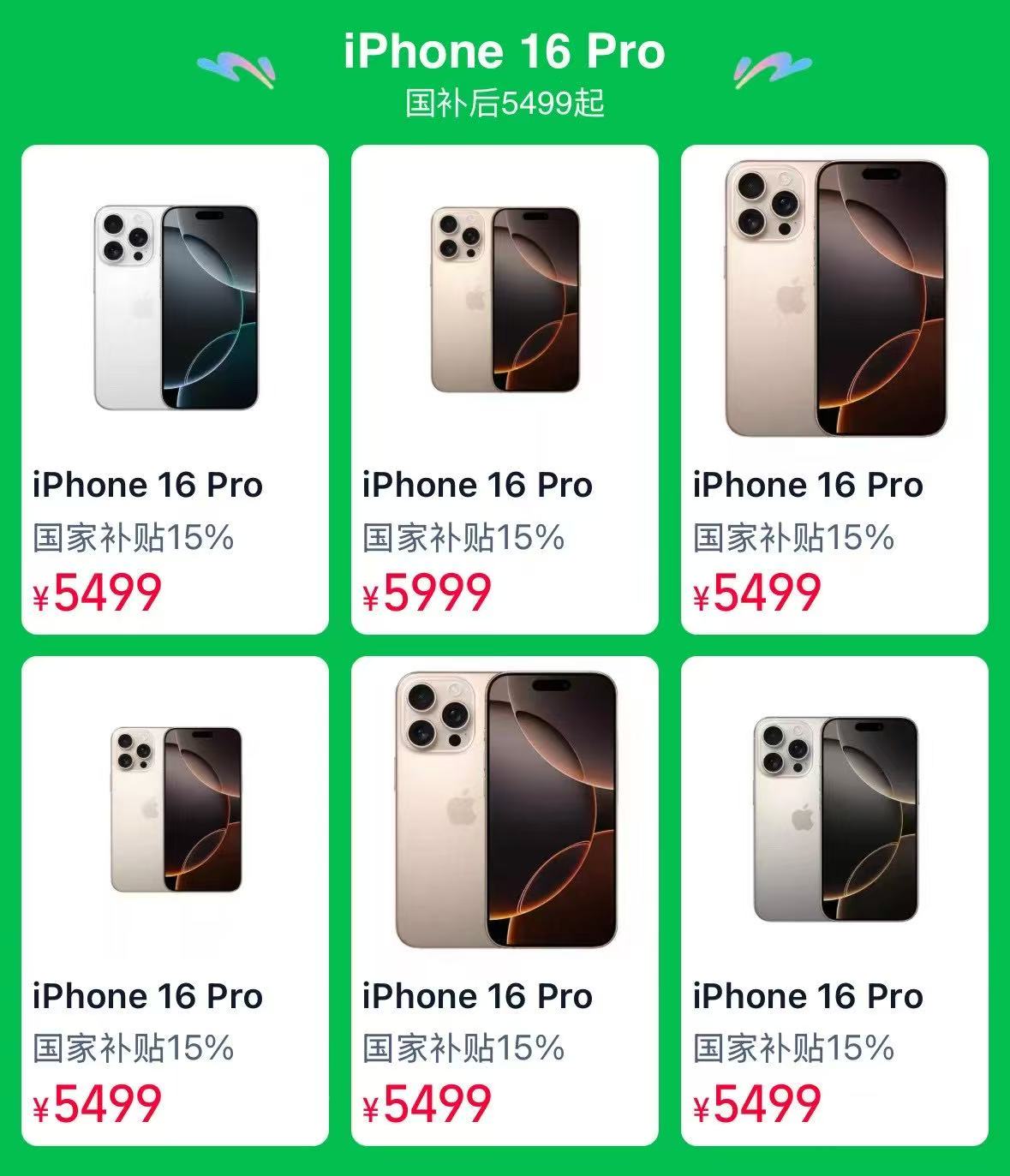
So, why does Apple employ such a three-tier pricing strategy? Maintaining the official price serves as a symbolic gesture, allowing Apple to cling to its stubborn pride and present itself as the prestigious Apple brand. Keeping the price at 7999 yuan safeguards the brand image, which cannot be compromised. Even if sales are slow, the official price upholds the brand's prestige.
For offline channels, Apple aims to preserve its brand image, ensuring that offline channels remain respectable. If merchants must sell at a lower price, they can do so through flash sales and other methods.
As for online channels, Apple has no qualms about being transparent; it's all about volume. Events like 618 promotions serve as a pretext to maintain a semblance of dignity while pushing sales.
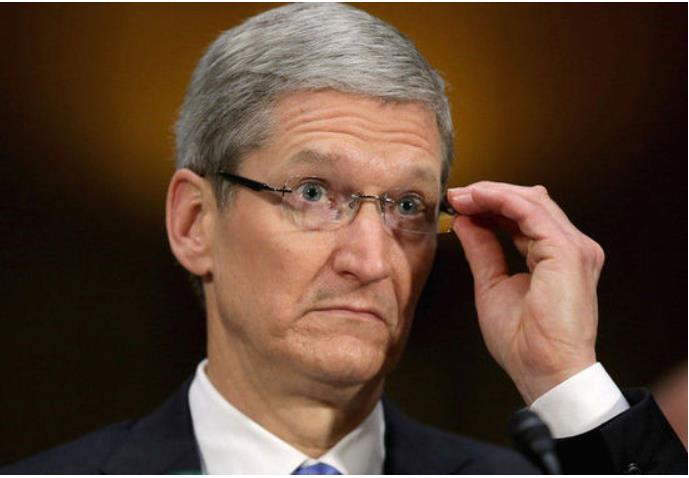
Apple's approach can be described as striving for both prestige and sales, balancing image and volume. The coexistence of three prices, without any open violations of Apple's channel strategy, underscores Apple's tight control over its distribution channels. Otherwise, why would offline authorized stores refrain from openly selling the iPhone 16 Pro at 5499 yuan offline?
With this promotional strategy, there's a strong likelihood that Apple will solidify its position as the top brand in the Chinese market in the second quarter. What are your thoughts on this?

